 Price Banyan Tree Bonsai | Banyan tree bonsai, Bonsai plants, Bonsai techniques
Price Banyan Tree Bonsai | Banyan tree bonsai, Bonsai plants, Bonsai techniquesFicus Fig and Banyan Care General information: Also known as the common Fig and the Chinese Banyan, this bonsai tree naturally grows in Southwest Asia. There are hundreds of species, most of them tropical and always green, although some are deciduous. Many varieties are natural dwarfs. Ficus is one of the most popular trees for Bonsai interior. It is an excellent tree for beginners and professionals alike. Virtually free care; they tolerate low light and humidity of a heated or air-conditioned house. The "banyan" style roots are commonly trained in a root-over-rock style. Location: The indoor lawn can be grown, near a sunny window, or outdoors all year round in warmer climates. The direct sunlight of the morning is preferable; the sun of the direct evening can sometimes burn delicate leaves. Ficus trees don't like cold drafts and, they don't like sudden changes. Make movements gradually. Use a moisture tray under your bonsai to maintain moisture levels. Ficos living outdoors should be protected from freezing and/or freezing temperatures. Water: The trees of Bonsai live in small pots and their dry world much faster than the plants on the ground or in larger pots, so much attention should be paid to irrigation. Check and water your bonsai every day. The balance between water not enough and too much water can be a bit complicated but it is very important. Water thoroughly and deeply when you need water and let it breathe before watering again. An old bonsai irrigation trick is to place the whole pot in a water washbasin one inch or two deep and let the water absorb from the holes in the bottom of the pot. Another favorite way to know if you need irrigation is to lift it. It can make sense if you need watering for your weight. A cheap moisture meter removes the riddles from the irrigation. Water slowly to be absorbed in dirt, otherwise the water will run all over the table. Mist occasionally with a spray bottle too. It helps to remove the load from the roots especially when it is very hot and dry. We put our bonsai trees specifically to drain well, so it is almost impossible on the water. Misting: The tissues want moisture to keep them green and healthy. When your tree is inside, the air is very dry. They are often wrong during the day. Avoid putting your Bonsai close to a draft or ventilation, that dries the foliage. A moisture tray is a great way to increase humidity. These shallow trays full of small stones have water at the bottom of the tray. Make sure the water doesn't reach the bottom of the Bonsai pot. As the water evaporates, it creates a wet environment. Fertilization: Fertilizing a bonsai is essential for your health because the nutrients on the ground leave very quickly with water. When the new growth appears in spring it is time to start feeding your bonsai. Use an organic liquid fertilizer or a diluted chemical fertilizer to a medium force. Fertilize every two weeks during the crop season and once a month in the winter. Ficus responds quickly and enthusiastically to fertilization; do not jump. Pruning:Ficus is a very fast grower. Try back to 2-4 leaves after 6-10 leaves have grown. Ideally, making the heavy pruning in the spring but can be done all year round. Keep the new growth cut during the growth season. When a Ficus is trimmed, a milky and white sap will bleed — actually latex. This latex dries quickly and makes a great sealant. When the pruning of the smaller branches leave a brief tone that will dry in the following days, then just take the dry branch and heal with less than a scar. Wiring: Good wiring techniques are used to train Bonsai trees in different shapes and styles. Use the thinner training cable that will keep the branch in the desired position. Don't open a BONSAI right after the presentation. Return the training wire in the direction the branch is folded to prevent the wire from loosening. Shaking the wire too strong will cause healing. Enough to do the job. Start at the base of the Bonsai tree and slowly wrap the wire around the trunk to anchor. Continue the branch you want to train. Repeat the process as necessary. After about 6 weeks, the branch should be able to keep the form on its own, and the wire can be removed. Cut the cable carefully from the branch. Don't worry about the wires. This could make the branch break. Repotting: You should rest. Ficus every two years in the spring using a basic soil mixture. A good thumb rule to repotting your Ficus is if you can remove the root/to ground ball in one piece and it is the same shape of the pot, it is the time. After repotting, deep water and place Ficus in a bleak location for several weeks so that new roots can grow. Insects and Diseases: The scale is the most common insect that attacks a Ficus. The scale is usually identified by brown or black blows in the branches. These blows contain insects under a protective wax shell. A very sticky secretion that discolors the branches can also be present. The mites also like to infest the Ficus. Identifyed by small red or brown motion points on the branches tips, severe infestations leave "spider webs" on the branches tips and yellow leaves all over the tree. The mealy bugs look like white cotton areas in the base of leaves with some infestations that appear mainly in the roots. These infestations can only be seen during repotting. Ficus will not tolerate insecticides containing malathion. Dormant oil is well tolerated in most of the Figs, in a spoonful /Gallion. The root flours cannot be effectively treated with oil. This particular infestation will require systemic poisoning. If your Ficus starts to leave leaves without apparent reason, the most common cause is excessive humidity or dryness. However, a sudden draft of cold air or sudden exposure to bright sunlight can produce the same results. Don't do anything. Keep Ficus warm and let the soil dry before watering again and the plant re-leaf in 3-4 weeks of time. DISCLAIMER: The content contained in this article is neither guaranteed nor guaranteed by Bonsai Outlet. The content provided is intended for entertainment and/or educational purposes to introduce key ideas, concepts and/or product reviews to the reader. We are not responsible for any negative consequences that may result from the implementation of any information covered in our articles or tutorials. Happy bonsai garden. Bonsai OutletC/O Customer Service914 South Main StreetBellingham, MA 02019 Tools, tips and discounts for people that love bonsai gardening! All prices are at USD© 2021 Bonsai Outlet
How to make EASILY a Bonsai tree ← Banyan Bonsai ← Best Bonsai tree for beginners - YouTubeHow to make banyan Tree Bonsai Silence Crece Banyan Bonsai - YouTubeArbol Banyan Bonsai, How to make Bonsai Banyan tree, banyan bonsai - YouTubeBanyan Bonsai - YouTubeBanyan Bonsai /Chopping-Culling Technique - YouTubeCreate a new bonsai de banyan tree - YouTubeBanyan Bonsai /Bonsai Lesson Defoliation/Con Full Update - YouTubeRelated searches

Rainforest Banyan Tree (Ficus benghalensis), Jamaica, 5 Seeds, Regular / Bonsai! | eBay
Banyan Bonsai Tree - YouTube
The Chinese Banyan — Bonsai Blog — National Bonsai Foundation
Bonsai Banyan trees #tree | Bonsai plants, Bonsai ficus, Banyan tree bonsai
live Beautiful Banyan Bonsai Tree live plant small: Amazon.in: Garden & Outdoors
Banyan Tree Bonsai - Live plant, Best Price to Buy & Sell - The FarmPedia
Bonsai of Ficus benghalensis - Banyan tree, age 35 years | Bonsai tree, Bonsai ficus, Banyan tree bonsai
Bonsai Banyan Tree Stock Photo - Download Image Now - iStock
Banyan Bonsai/ How to Grow Aerial Roots/ Bonsai Hunter - YouTube
banyan tree bonsai photo by chuyu2014 on Envato Elements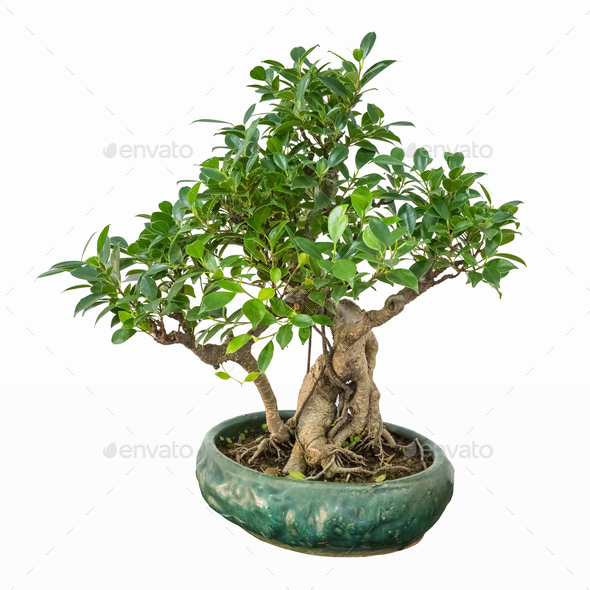
banyan bonsai tree Stock Photo by chuyu2014 | PhotoDune
How to repot and pruning bonsai banyan tree: | Banyan tree bonsai, Bonsai care, Bonsai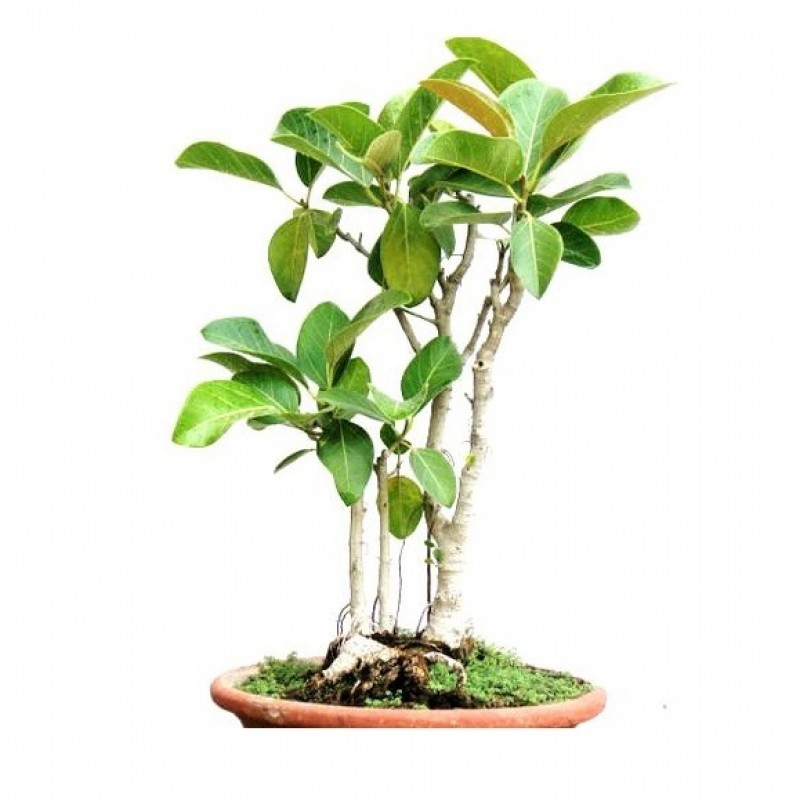
Buy Banyan Tree Bonsai (7 Years old) tree online at plantsguru.com
Chinese Banyan Modern Bonsai | The Bonsai Shop – Dandy Farmer
Banyan Tree Bonsai Mystical & Majestic - Bonsai Tree Grow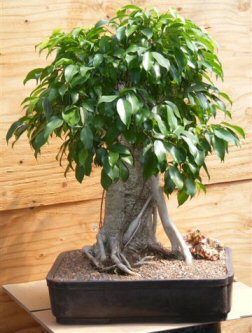
Ficus Bonsai Tree - Banyan Style(ficus benjamina )
How to learn to grow a new bonsai banyan tree - Quora
RARE BANYAN FICUS BONSAI TREE medium
Banyan Bonsai /Bonsai Lesson Defoliation/With Full Update - YouTube
Banyan Tree Bonsai – Uplant Garden
A Grade Full Sun Exposure Banyan Tree Bonsai Plant, Ficus Benghalensis, Rs 1200 /piece | ID: 22625419773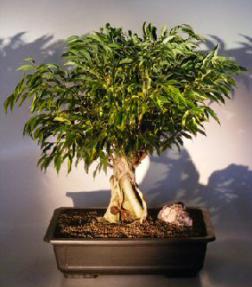
Ficus Banyan Bonsai Tree(ficus orientalis)
Unusual RARE Strangler Fig Bengal Fig banyan Tree F. Bengalensis 20 Viable Seeds for sale online | eBay
Ficus Benghalensis Tree 100+ Seeds, Banyan, Garden Bengal Fig, East In | The Plant Attraction
Close Up Bonsai Banyan Tree In Tree Pot Stock Photo, Picture And Royalty Free Image. Image 58982453.
Amazon.com: Rare Indoorbonsaiandexotics banyan ficus retusa bonsai tree Dwarf 10-12 inches tall: Everything Else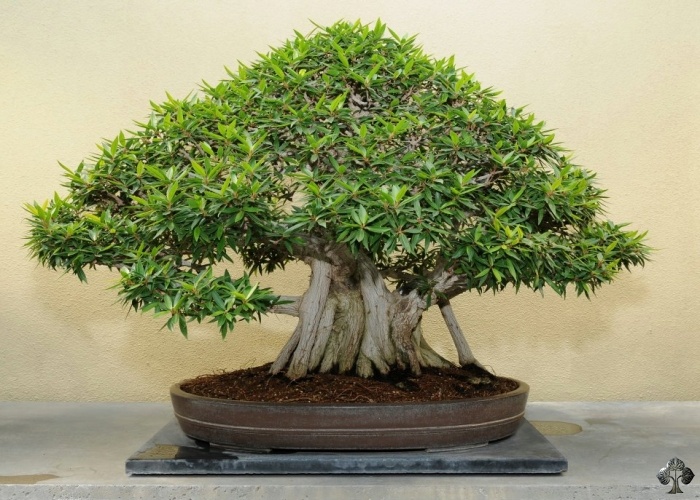
Care for the Ficus Bonsai tree (Retusa / Ginseng) - Bonsai Empire
Detailing the Entry Tree - Part II | Bonsai tree, Bonsai ficus, Bonsai forest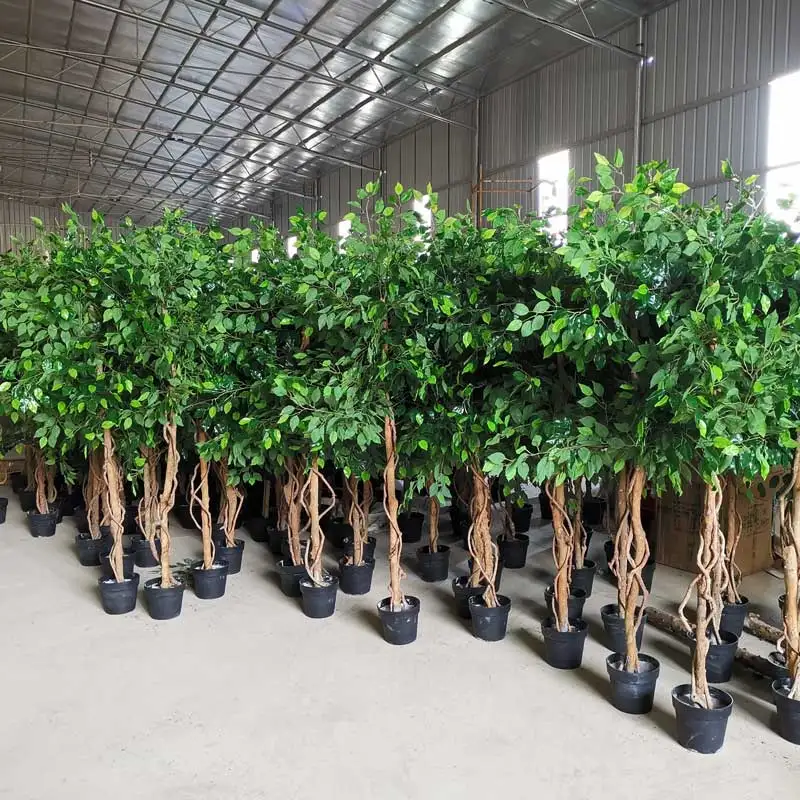
Plastic Nearly Natural Plants Banyan Tree Bonsai Artificial Bonsai Tree For Sale - Buy Bonsai Tree,Banyan Tree Bonsai,Artificial Bonsai Tree Product on Alibaba.com
Rainforest Banyan - PLB-5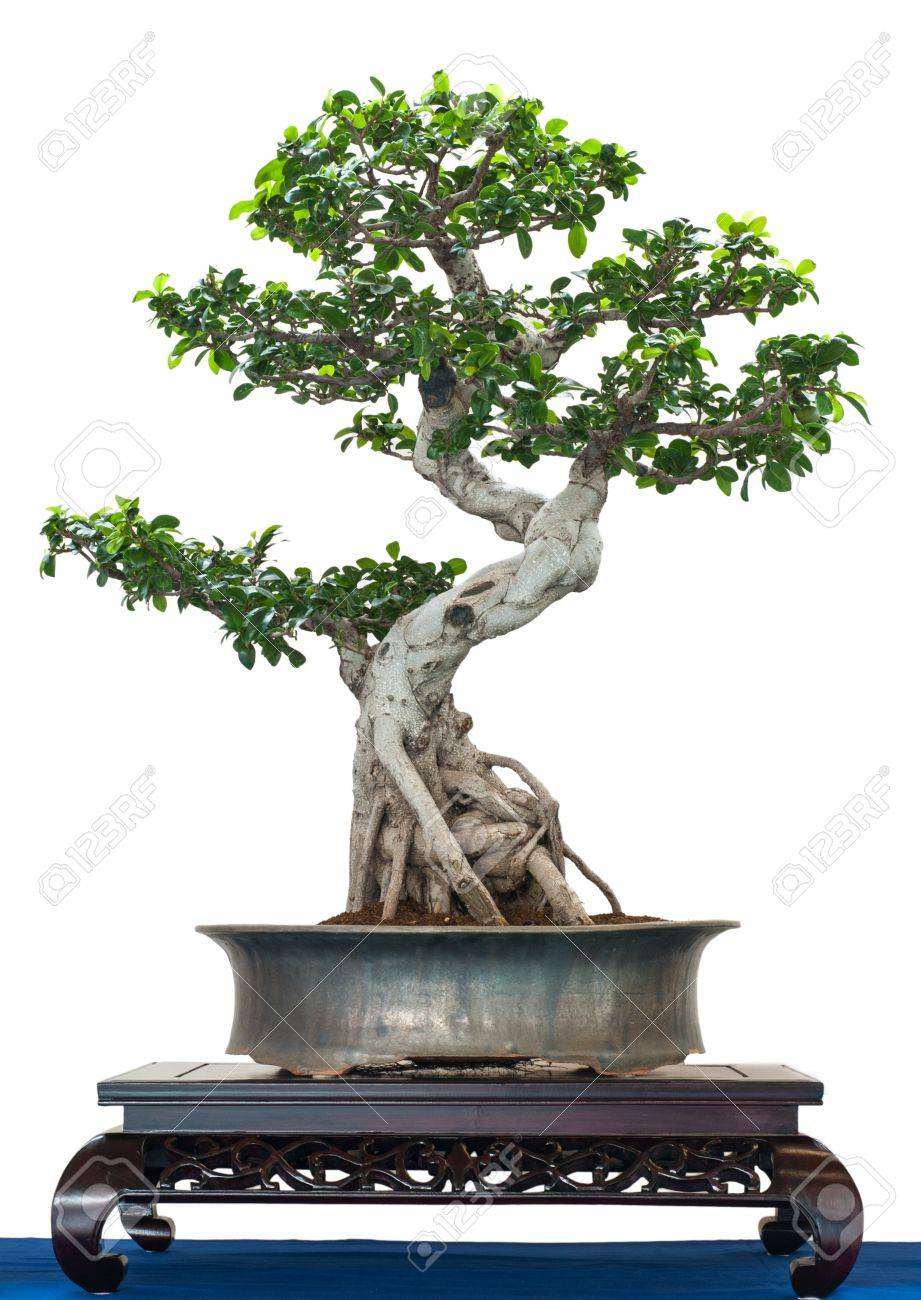
Chinese Banyan As Bonsai Tree Is White Isolated Stock Photo, Picture And Royalty Free Image. Image 14155086.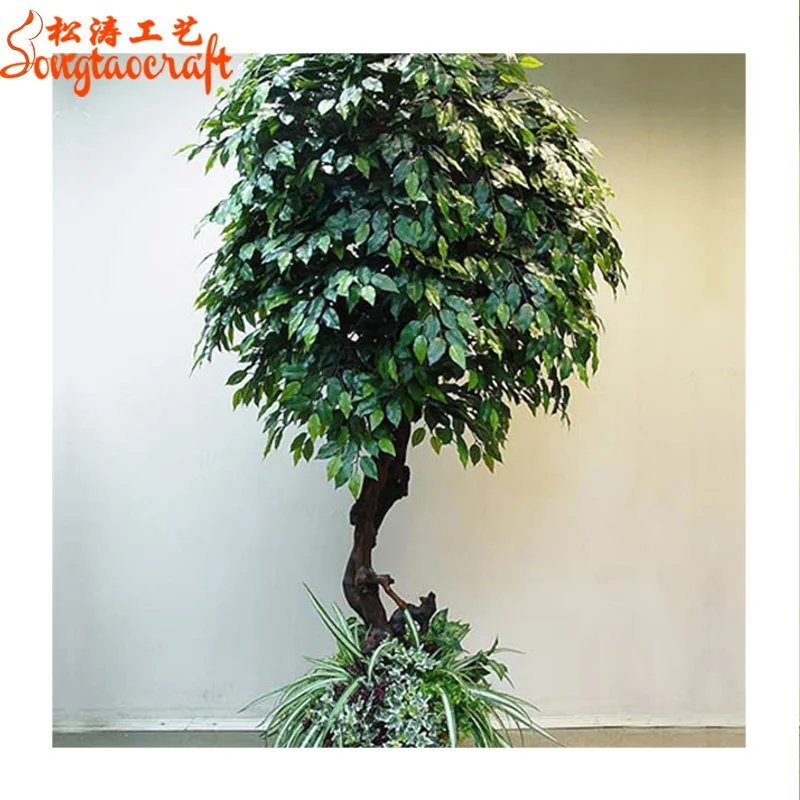
Factory Direct Evergreen Chinese Banyan Bonsai Tree Price Fake Artificial Mini Durable Ficus Trees Plants Model For Sale Indoor - Buy Chinese Bonsai,Bonsai Tree Price,Banyan Tree Bonsai Product on Alibaba.com
20 Seeds Rare Chinese Banyan Bonsai Tree Ficus Microcarpa | eBay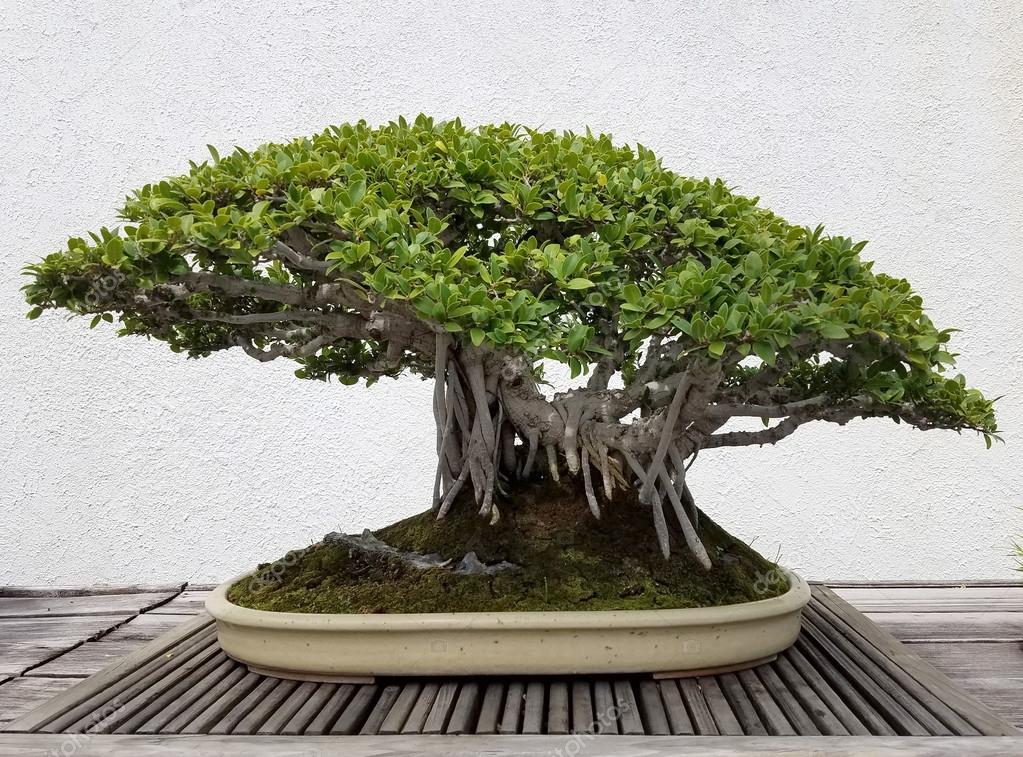
Mini banyan tree | Bonsai banyan tree — Stock Photo © 3000ad #124046328
RARE BANYAN FICUS BONSAI TREE LARGE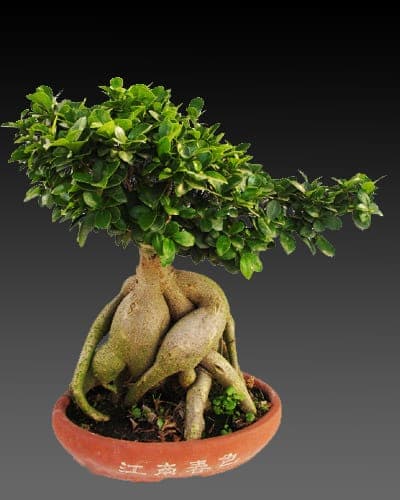
Elegant bonsai tree in Brookline, MA | EC Florist
bonsai banyan tree Stock Photo by chuyu2014 | PhotoDune
DIY Banyan Tree / Bonsai Tree : 4 Steps (with Pictures) - Instructables
Chinese Banyan As Bonsai Tree Stock Photo - Download Image Now - iStock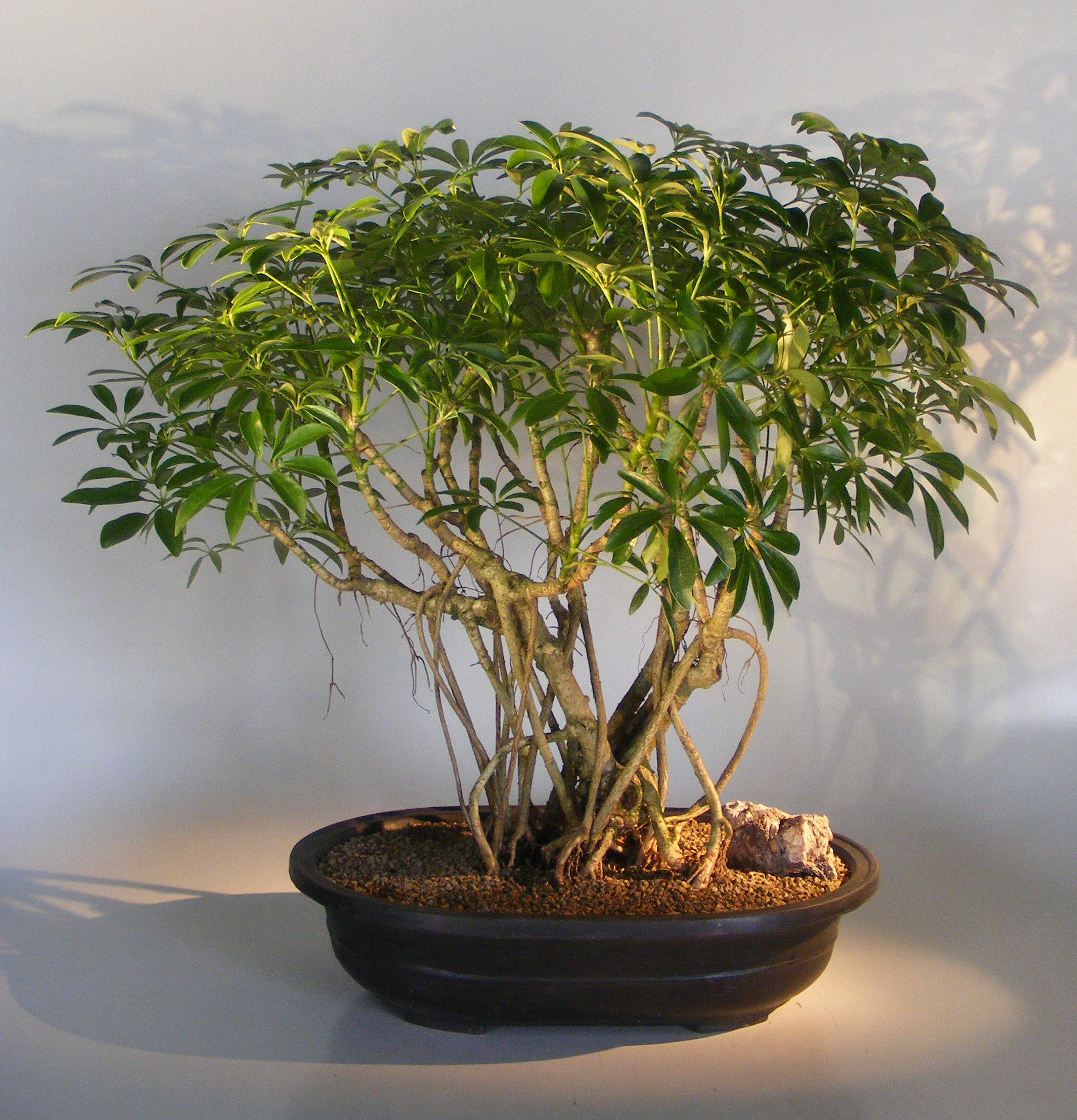
Hawaiian Umbrella Bonsai Tree Banyan Style (arboricola schfflera)
 Price Banyan Tree Bonsai | Banyan tree bonsai, Bonsai plants, Bonsai techniques
Price Banyan Tree Bonsai | Banyan tree bonsai, Bonsai plants, Bonsai techniques
































Post a Comment for "banyan bonsai tree"